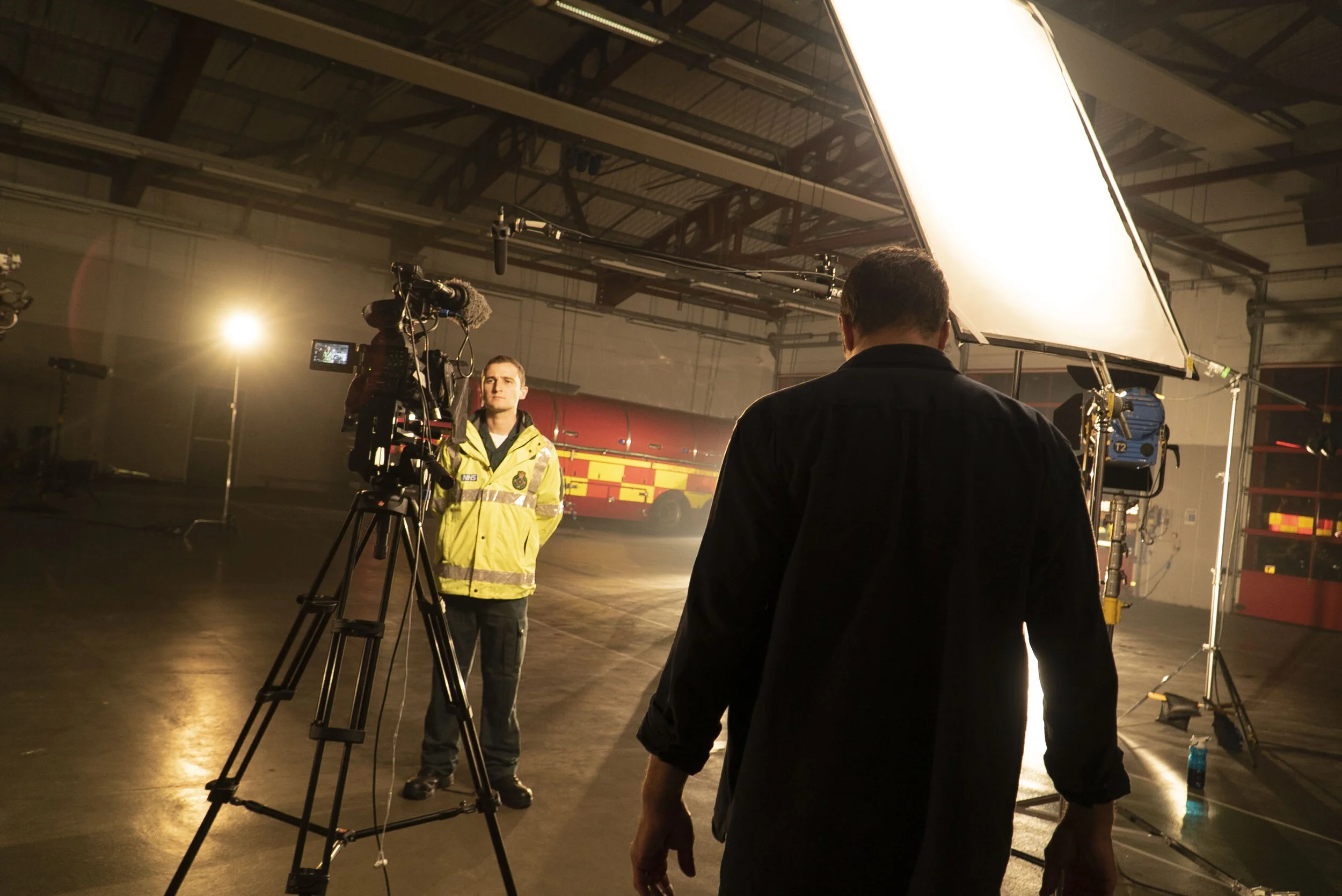References
[1] Plechatá, A., Sahula, V., Fayette, D., & Fajnerová, I. (2019). Age-related differences with immersive and non-immersive virtual reality in memory assessment. Frontiers in psychology, 10, 1330.
[2] Elliott, M. A., & Armitage, C. J. (2009). Promoting drivers' compliance with speed limits: Testing an intervention based on the theory of planned behaviour. British journal of psychology, 100(1), 111-132.
[3] https://www.gov.uk/government/news/the-highway-code-8-changes-you-need-to-know-from-29-january-2022 on 26/10/2022.
Further Reading
Road Safety:
• https://roadsafetygb.org.uk/
• https://projectedward.org/
• https://www.brake.org.uk/
VR for Education:
• https://warwick.ac.uk/fac/sci/wmg/people/athena_swan/peoplebank/drdevonallcoat/
• Allcoat, D., Hatchard, T., Azmat, F., Stansfield, K., Watson, D., & von Mühlenen, A. (2021). Education in the digital age: Learning experience in virtual and mixed realities. Journal of Educational Computing Research, 59(5), 795-816.
VR for Driving Interventions
• https://www.simplypsychology.org/theory-of-planned-behavior.html
• https://www.qeios.com/read/WW04E6.2
• Large, D. R., Burnett, G., Salanitri, D., Lawson, A., & Box, E. (2019, September). A Longitudinal simulator study to explore drivers' behaviour in level 3 automated vehicles. In Proceedings of the 11th International Conference on Automotive User Interfaces and Interactive Vehicular Applications (pp. 222-232).
• https://www.racfoundation.org/
VR for Hazard Detection
• https://esitusolutions.com/
• Agrawal, R., Knodler, M., Fisher, D. L., & Samuel, S. (2017, September). Advanced virtual reality based training to improve young drivers’ latent hazard anticipation ability. In Proceedings of the Human Factors and Ergonomics Society Annual Meeting (Vol. 61, No. 1, pp. 1995-1999). Sage CA: Los Angeles, CA: SAGE Publications.
VR for Driving Instructors
• https://www.theaa.com/driving-school/driving-instructor-training
• Sandberg, M. K., Rehm, J., Mnoucek, M., Reshodko, I., & Gundersen, O. E. (2020, June). Explaining traffic situations–architecture of a virtual driving instructor. In International Conference on Intelligent Tutoring Systems (pp. 115-124). Springer, Cham.
VR for Vulnerable Road Users
• https://www.bhs.org.uk/
• https://core.ac.uk/download/pdf/288428991.pdf
• https://www.cyclist.co.uk/
• von Sawitzky, T., Wintersberger, P., Löcken, A., Frison, A. K., & Riener, A. (2020, April). Augmentation concepts with HUDs for cyclists to improve road safety in shared spaces. In Extended Abstracts of the 2020 CHI Conference on Human Factors in Computing Systems (pp. 1-9).
• http://www.nvc-limited.com/
• Bindschädel, J., Krems, I., & Kiesel, A. (2021). Interaction between pedestrians and automated vehicles: Exploring a motion-based approach for virtual reality experiments. Transportation research part F: traffic psychology and behaviour, 82, 316-332.
• https://londonroadsafetycouncil.org.uk/free-vr-app-teaches-road-safety-to-primary-pupils/
• https://goodeggsafety.com/
• Robinson, T. (2019). Implementation of a Virtual Reality Teaching Tool Among Child Passenger Safety Technician Candidates. Trevecca Nazarene University.
VR for Public Services
• https://www.wmfs.net/our-services/operation-hercules/
• https://west-midlands.police.uk/news/street-racers-narrowly-avoid-jail-latest-road-menaces-snared-operation-herculesVR for Therapy
VR for Improving Social Care
• https://www.roundmidnight.org.uk/
• https://vrtherapies.co.uk/
• Kaussner, Y., Kuraszkiewicz, A. M., Schoch, S., Markel, P., Hoffmann, S., Baur-Streubel, R., ... & Pauli, P. (2020). Treating patients with driving phobia by virtual reality exposure therapy–a pilot study. PLoS One, 15(1), e0226937.
VR Hardware & Software
• https://systemactive.co.uk/
• https://uk.pcmag.com/virtual-reality/75926/the-best-vr-headsets
• https://www.firstcar.co.uk/
• https://www.viar.si/













